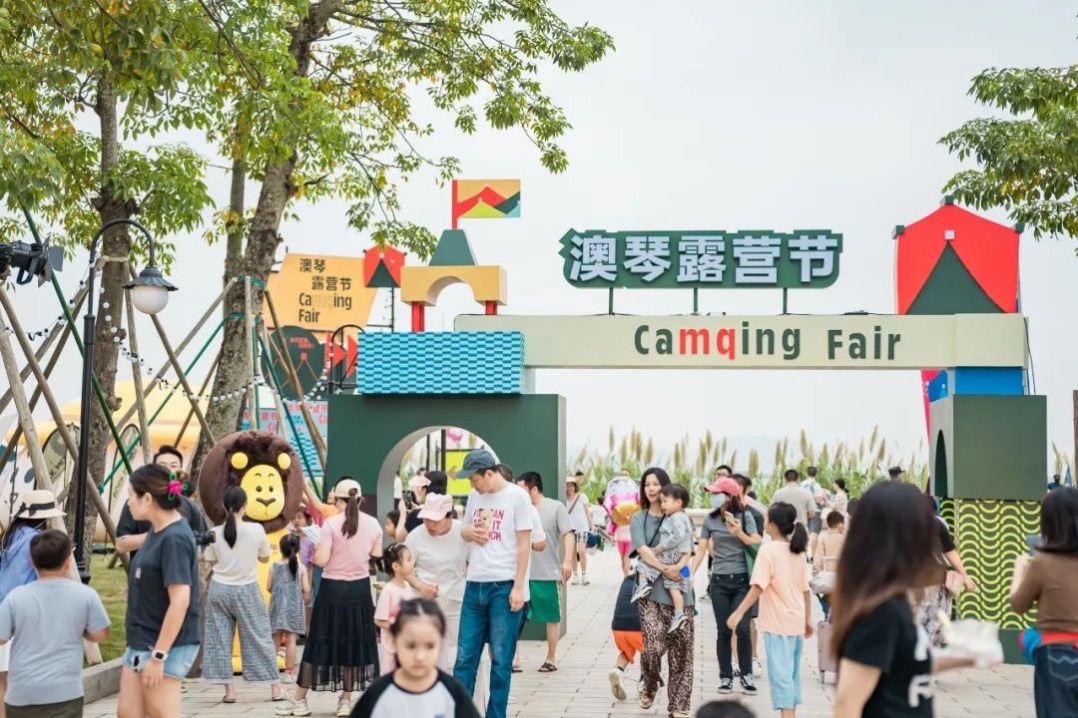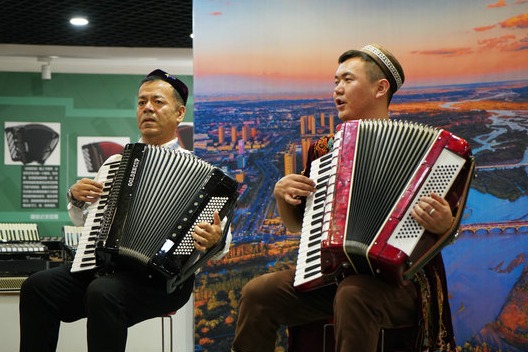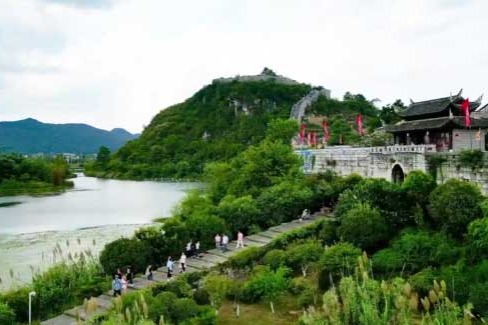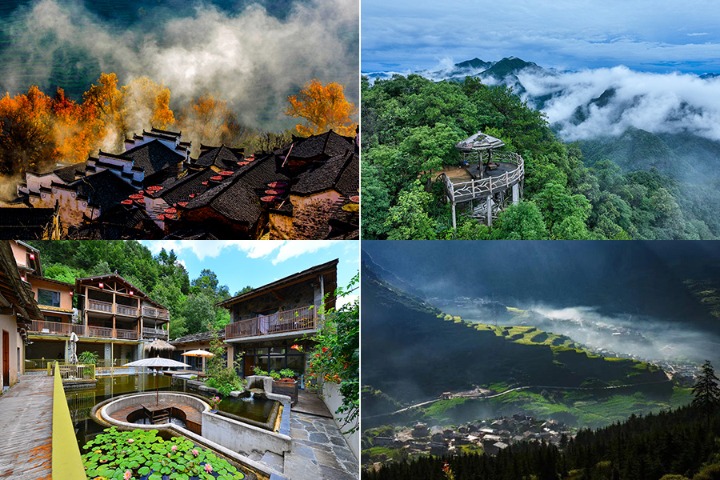Beijing, Tianjin and Hebei coordinate tourism development

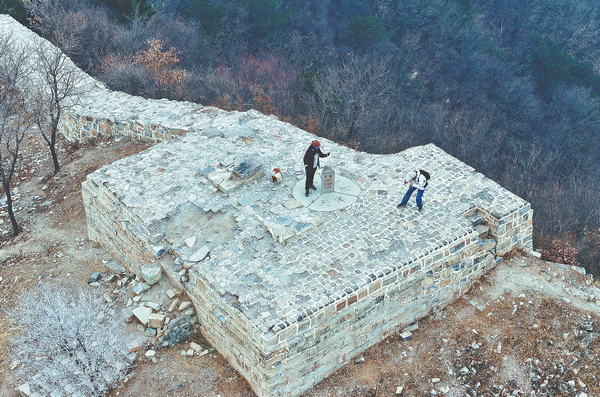
TIANJIN — During the Spring Festival holiday, tourists tried their hands at making Lunar New Year woodblock prints at a folk culture center in Yangliuqing township in Tianjin municipality.
"Many tourists have a natural affinity for Yangliuqing woodblock prints. I've heard many visitors from Beijing and Hebei say that their families had the tradition of putting up prints when they were little," says Xia Ting, head of the tourism distribution center in Tianjin's Xiqing district.
"Tourists from the Beijing-Tianjin-Hebei region accounted for about 70 percent of the total number of tourists we received last year," Xia says.
More than 100 million people live in the Beijing-Tianjin-Hebei region, which boasts a wealth of cultural and tourism resources. In 2014, a national strategy proposed the coordinated development of the Beijing-Tianjin-Hebei region, and since then, Beijing, Tianjin and neighboring Hebei province have cooperated on boosting cultural and tourism development.
Gao Cuilian, who owns a farmyard in Changzhou village in Tianjin, is busy treating tourists to freshly cooked dishes. "Rural ecotourism is becoming more popular among urban tourists from Beijing, Tianjin and Hebei, and my business is doing very well," she says.
Data from the China Tourism Academy shows that Beijing, Tianjin and Hebei were among each other's top sources of tourists in 2023. Among the tourists received by Tianjin, those from Hebei and Beijing hold the top two rankings, accounting for 49.1 percent of the total number of tourists from outside of Tianjin. Hebei and Beijing were the top two destinations for tourists from Tianjin, and they made up 52.7 percent of the total out-of-town trips made by Tianjin tourists.



















